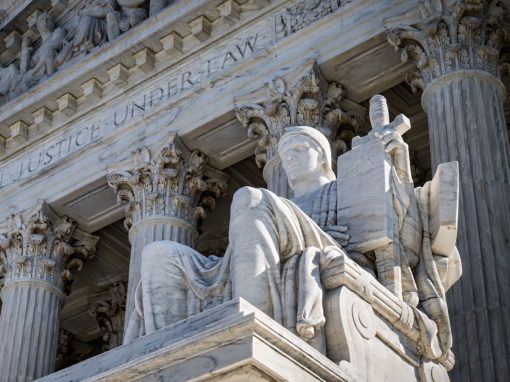With the America Invents Act, Congress introduced a new administrative procedure for challenging patents – inter partes review (IPR). Any person, except the Proprietor, can file a petition for review but only on a ground that could be raised under section 102 or 103 and “only on the basis of prior art consisting of patents or printed publications” (35 U.S.C. § 311(b)). In a judgement handed down in January 2025, the Federal Circuit affirmed a decision of the USPTO’s Patent Trial and Appeal Board (PTAB) to hold several of Lynk Lab’s patent claims as obvious over a US patent application filed before, but published after, the priority date of Lynk Lab’s patent claims. Key to this finding was the Federal Circuit’s affirmation that patent applications may serve as prior art in IPR proceedings as of their filing date and fall within the ambit of the category printed publications. Now Lynk Labs has petitioned the Supreme Court for a writ of certiorari asking “Whether patent applications that become publicly accessible only after the challenged patent’s critical date are “prior art *** printed publications” within the meaning of 35 U.S.C. § 311(b)”. In Lynk Lab’s opinion, they are not.
In district court litigation, patents can be challenged on any ground, and challenges may be based on any kind of prior art recognised by the patent statutes. Inter partes review (IPR) proceedings are, however, different. They are administrative proceedings in which the USPTO can cancel previously issued patent claims on the basis of limited grounds, namely grounds that could be raised under section 102 or 103, and “only on the basis of prior art consisting of patents or printed publications” (35 U.S.C. § 311(b)).
But just how broad is the category “printed publications”?
In a judgement handed down in January 2025 in Lynk Labs Inc., v. Samsung Electronics Co., Ltd, the Federal Circuit affirmed a decision of the USPTO’s Patent Trial and Appeal Board (PTAB) to hold several of Lynk Lab’s ‘Link’ patent claims as obvious over a US patent application (referred to as “Martin”) filed before, but published after, the priority date of Lynk’s patent claims. Of central importance to this finding was the Federal Circuit’s affirmation that patent applications may serve as prior art in IPR proceedings as of their filing date, and fall within the ambit of the category “printed publications”. The scope of the category “patents” in 35 U.S.C. § 311(b) appeared non-controversial and was taken to mean granted patents. Martin, the citation of central importance, was not a granted patent. Indeed, it was abandoned and never matured into a patent.
In Lynk’s view, Martin is likewise not a printed publication; indeed, the phrase “printed publications” has always been understood to mean documents that were publicly accessible before the effective date of the claimed invention and the Federal Circuit’s decision defies the presumption that when Congress chose to use the phrase “printed publications” in 35 U.S.C. § 311(b) they were adopting that same construction. Furthermore, in Lynk’s view the Federal Circuit decision has transferred to administrative patent judges matters which Congress had instead entrusted to district courts.
Whilst the Federal Circuit recognised that, under long-standing precedent, a reference cannot constitute a prior art printed publication unless it was sufficiently accessible prior to the patent’s critical date, in the context of § 311(b) the Federal circuit addressed “prior art” and “printed publication” separately. That is, it found first that Martin was a printed publication because it was eventually published and then second that it was prior art because it fell under the category “application(s) for patent” in § 102.
Whether the Supreme Court will hear the case remains to be seen but the interpretation of “printed publications” in 35 U.S.C. § 311(b) is clearly of fundamental importance.









